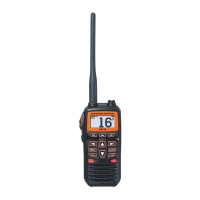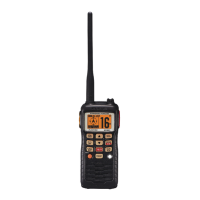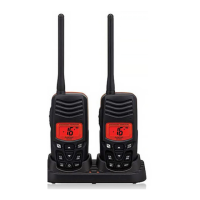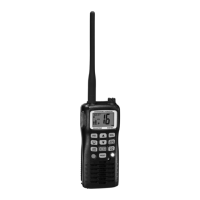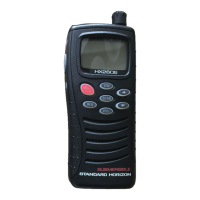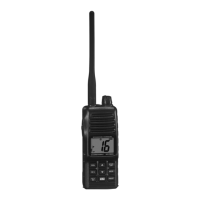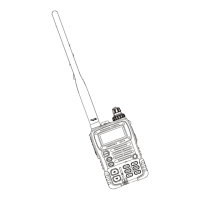FCC ID: K6630193X20
IC ID: 511B-30193X20
Operating Manual
1/39
Vertex Standard Co., Ltd.
Congratulations on your purchase of the HX600S! Whether this is your first portable marine
VHF transceiver, or if you have other STANDARD HORIZON equipment, the STANDARD
HORIZON organization is committed to ensuring your enjoyment of this high performance
transceiver, which should provide you with many years of satisfying communications even
in the harshest of environments. STANDARD HORIZON technical support personnel
stands behind every product sold, and we invite you to contact us should you require
technical advice or assistance.
We appreciate your purchase of the HX600S, and encourage you to read this manual
thoroughly, so as to learn and fully understand the capabilities of the HX600S.
WARNING
This radio is capable of transmitting on VHF Marine.
The FCC allows the use of VHF Marine band on water areas only. However the FCC does
not allow the use of the VHF Marine band when on land. If persons use the VHF Marine
Band on land and interfere with others communicating, the FCC will be notified and search
for the interference. Responsible parties found to be transmitting on the VHF Marine Band
on land could be fined up to $10,000 for the first offense.
The FCC does however prohibit the use in aircraft.





